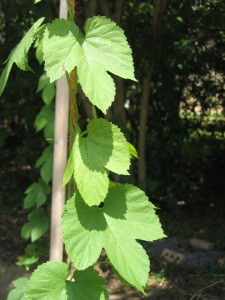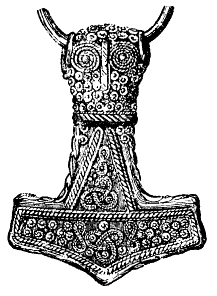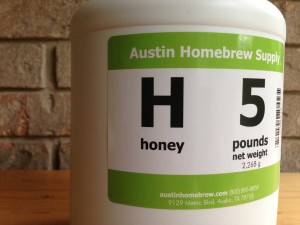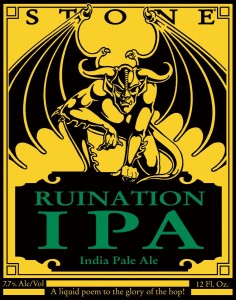Hoppy beers are all the rage these days, and brewers are always looking for ways to get more hop character in their beer. I’d like to discuss maximizing hop aroma, by focusing not only on ways to add hops to beer, but how hop character is removed from beer during the brewing process. I’d also like to propose another method of adding hops to beer. (This isn’t completely new. I’ve mentioned it before, but it isn’t well-known or widely used.)
We all know of a variety of ways to add hops to beer. You can add hops before the boil (first wort hopping). You can add hops during the boil. You can add hops after the boil (in the whirlpool or filter your wort through a hop jack). You can add hops in the fermenter or keg (dry hop). You can push your beer through a Randall. You can even add hops in your mash. But let’s take a look at what happens to the compounds from the hops as the brewing process continues.










Recent Comments